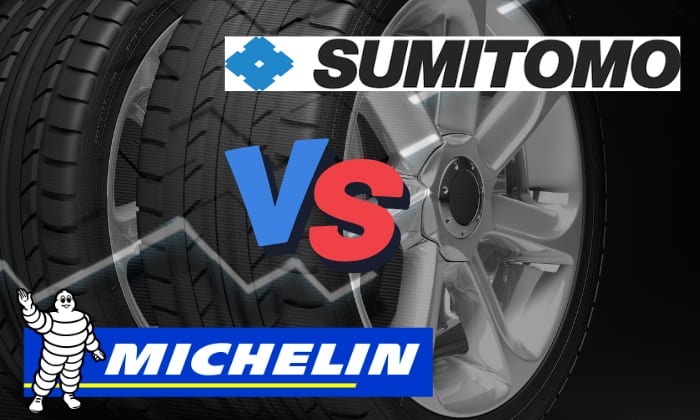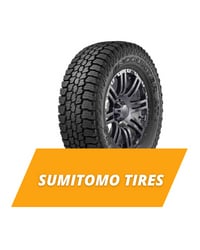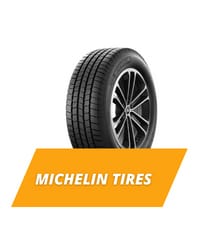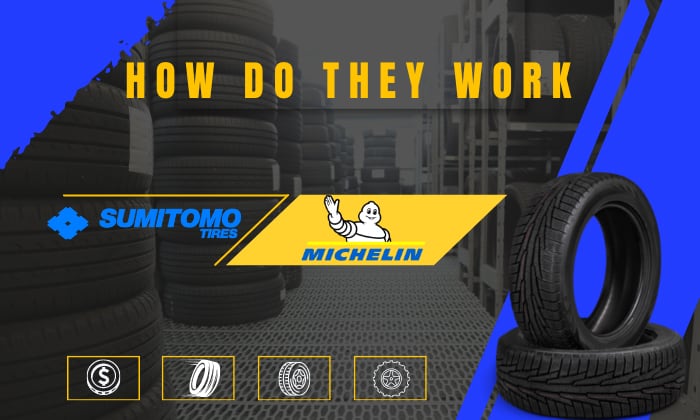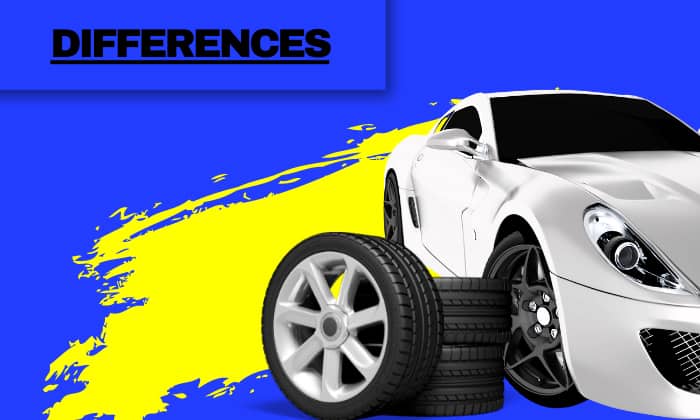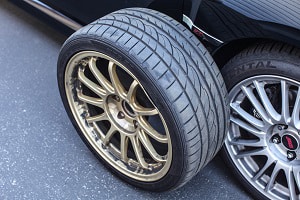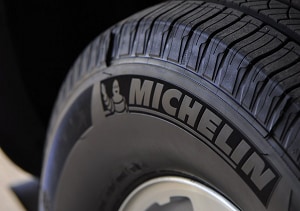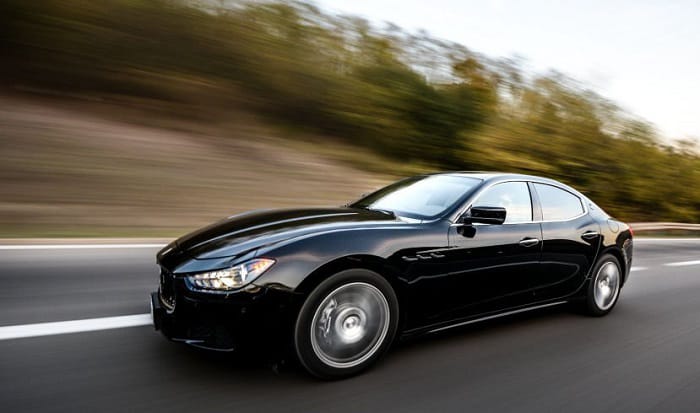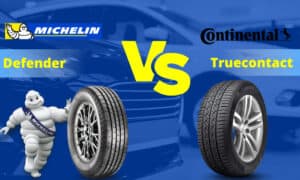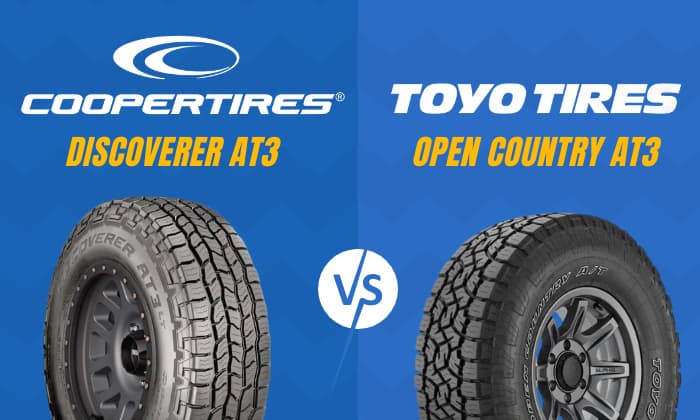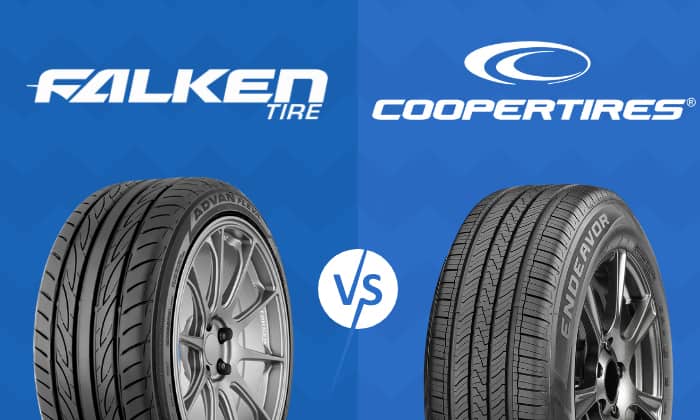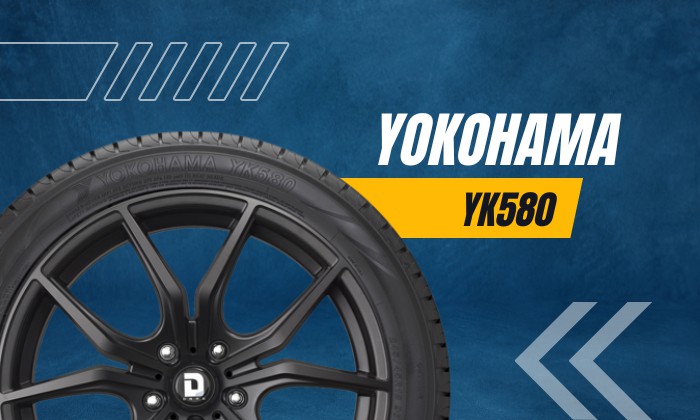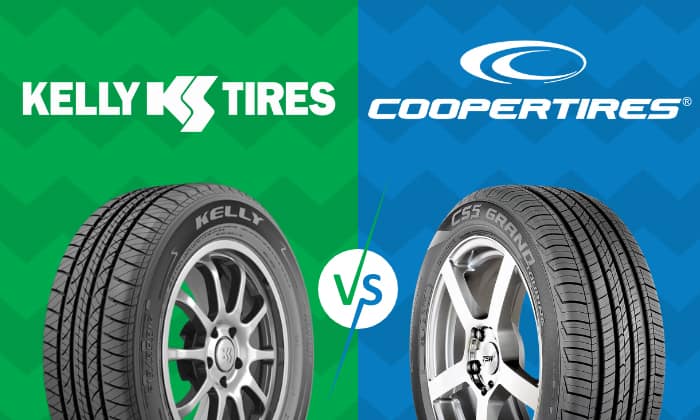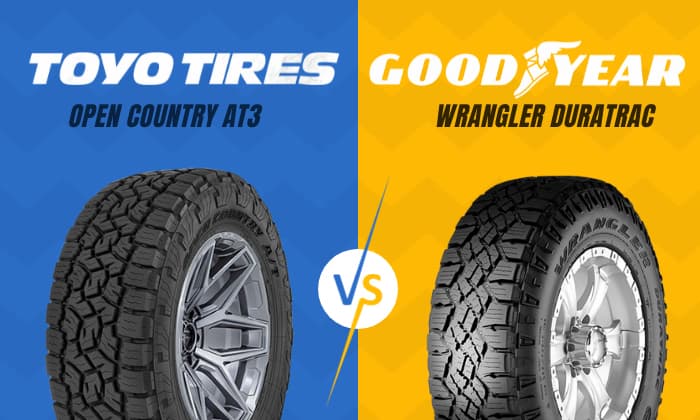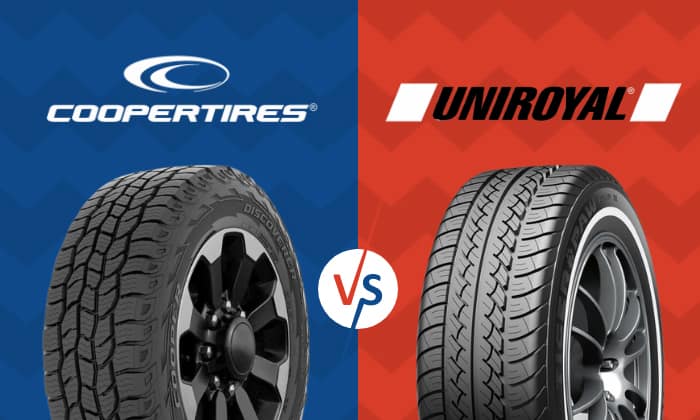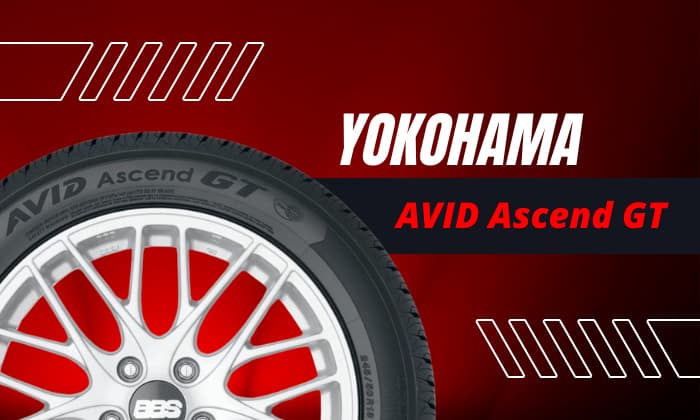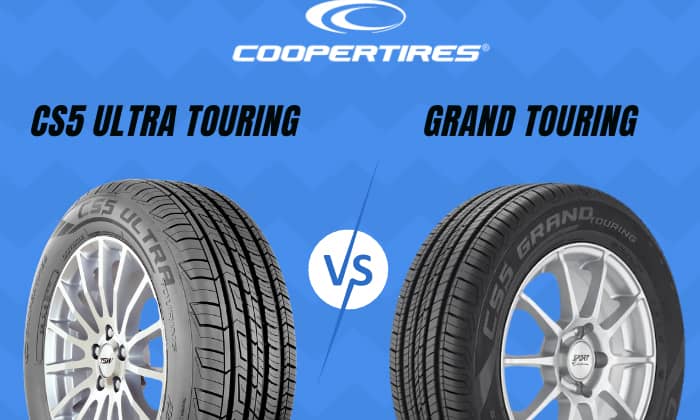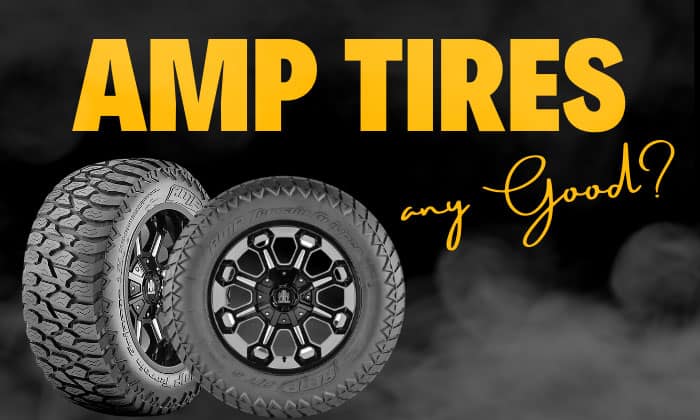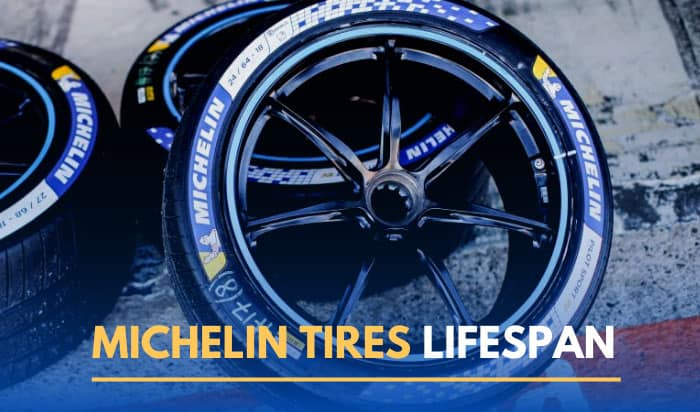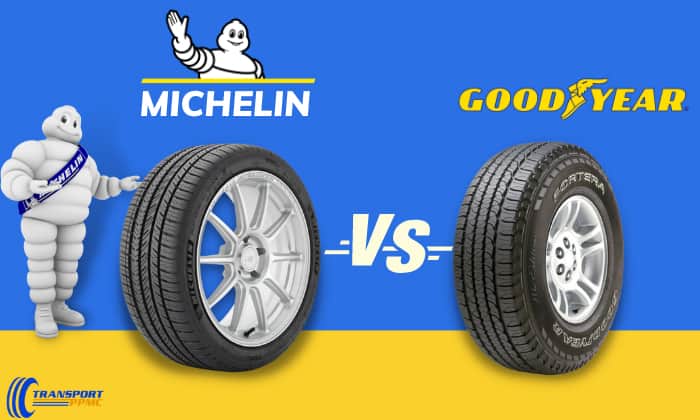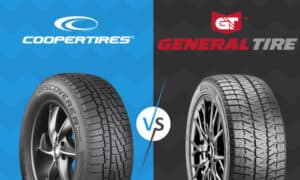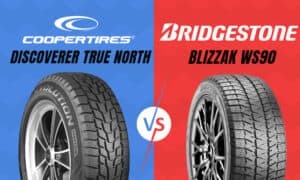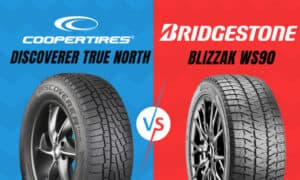You may have seen Dunlop or Falken a dozen times in tire shops, but it may never occurred to you that these brands belong to the world’s sixth largest tire maker, Sumitomo Rubber Industries Ltd.
Between Sumitomo vs Michelin tires, Michelin is an obvious choice if money is no object. Sumitomo is a cheaper option, but it performs closely to Michelin’s tire lineup. You’ll be surprised that Sumitomo wins in offroading, which has been Michelin’s weakness for a long time.
Sumitomo is an international tire and rubber company that produces car tires, sports goods, golf balls, tennis balls and other rubber-based products like gloves, water seals, and more. It is a subsidiary of one of Japan’s largest conglomerates – the Sumitomo group. On the other hand, Michelin is a French multinational company that has commercial presence in 170 countries. It produces tires for space shuttles, aircraft, and different types of vehicles and equipment. Here is a quick overview of the two world-renowned tire makers. Table of Contents Andre Michelin Sumitomo Sumitomo is committed to its SMART Tyre concept, where innovation focuses on an environment-friendly, sustainable and safe technology that are delivered through: Michelin Michelin caters to the same market needs identified by Sumitomo. In detail, Michelin tires are equipped with the following technological innovations: Tire diversity Aside from owning several tire brands, Michelin’s tire selection is more diverse than Sumitomo. Michelin has 9 tire families: Sumitomo has 5 tire families: Performance Here’s how Sumitomo tire quality fares against Michelin. drivers preferred the HTRZ5 for its affordability Touring LS V Encounter HT2 Aside from the above models, check out our brief comparisons of other tires from both brands. Summer In review, Sumitomo’s HTR Z3 scored higher in comfort, wear and reduced noise than the Pilot Sport 3. However, it performed less well in wet and dry traction. No wonder drivers chose it as a cheaper alternative. All Season Michelin rules the all-season tire category. For instance, Michelin Defender T + H and Michelin Pilot Sport A/S 3+ won against Sumitomo’s HTR A/S P02 in nearly all aspects. The Po2 does better than the A/S 3+ in snow and ice, but it falls behind the T+H in this category. Highway Ratings for the Sumitomo Encounter HT vs Michelin Agilis Crossclimate differ by about 1 point, with the Michelin performing better in most categories, such as performance on wet, dry surfaces, and comfort. Cost In general, Michelin is $9-72 more expensive than Sumitomo. Check out some Michelin Sumitomo tires prices. As for winter tires, Michelin and Sumitomo have the same price range. For instance, at Walmart, the Ice Edge costs $173.61 per tire while Michelin’s X Ice Snow can be bought at $176.07 each. Sumitomo’s Edge Michelin Advantages Are Sumitomo tires good quality? Certainly. Sumitomo tires manufacturer utilize top-grade technology. In fact, it has won the “Tire Technology of the Year Award” four times. Are Sumitomo tires safe? Absolutely! Sumitomo tires are designed with the SMART tyre concept. The tires are equipped with a wear-sensing technology and an active tread that reacts accordingly to changes in road and weather conditions. Does Michelin own Sumitomo? No. Sumitomo belongs to the Japanese conglomerate, the Sumitomo Group. It owns the brands Dunlop and Falken. On the other hand, Michelin’s brand portfolio consists of tires from Kleber, Uniroyal-Goodrich, SASCAR, Camso and of course, Michelin.
Performance
Very good
Excellent in all weather and road conditions
Noise/Comfort/Ride Quality
Michelin is superior, but HTRZ3 has been a popular summer tire alternative
Warranty
Michelin Defender line and HTR Enhance tires are both warrantied up to 90,000 miles
Price
Cheaper by $9-72
Expensive
Tire Diversity
Limited selection, but the Encounter AT beats Michelin in off-roading
More tire choices
What Are They?
Sumitomo
Michelin
Year Founded
1909
1889
Founder
Masatomo Sumitomo
Edouard Michelin
Headquarters
Kobe, Hyogo, Japan
Clermont-Ferrand, France
Number of employees
40, 055
125,000
Factories
Japan, China, Thailand, Indonesia, USA, Brazil, Turkey, and South Africa
123 manufacturing sites in 26 countries
Tire variety
Motorcycles, passenger cars, trucks, buses, vehicles for construction, agriculture, and motorsports
Bicycles, motorcycles, passenger vehicles, airplanes, space shuttles, farm equipment and construction vehicles
Brands owned
Sumitomo Tires Vs Michelin: How Do They Work
Differences: Sumitomo Tires vs Michelin
Description
Sumitomo Tire Models
Michelin Counterparts
Verdict
UHP summer
HTR Z5
Michelin wins, but some
UHP All season
HTR A/S P03
Michelin Pilot Sport All Season 4
Michelin has better ratings overall
Grand touring tires
Touring LS H
Michelin CrossClimate 2
Michelin leads in all categories
Crossover/SUV all season touring
HTR Enhance LX2
Michelin Defender T+H
Michelin excels in all aspects with huge difference of 15%
On/off road all terrain
Encounter AT
Michelin LTX A/T2 All terrain tire
Sumitomo wins
Highway all season
Encounter HT
Michelin Defender LTX M/S
Michelin wins
Winter
Ice Edge
Michelin X Ice Snow
Michelin wins in braking
Sumitomo Tires
Discount Tire
Michelin Tires
Discount Tire
Sumitomo HTRZ5
$128-332
Michelin Pilot Sport 4S
$200-1,115
HTR A/S P03
$97-241
Michelin Primacy MXM4
$175-356
HTR Enhance LX2
$93-177
Michelin Defender T + H
$102-231
HTR Enhance CX2
$163-267
Michelin LTX M/S2
$206-282
Encounter AT
$161-594
Michelin Defender LTX M/S
$151-467
Encounter HT2
$142-310
Michelin Defender LTX M/S2
$206-282
Pros and cons – Sumitomo Tires vs Michelin
FAQs
Conclusion
Although comparisons between Sumitomo vs Michelin tires are common, I hope this post gives you lots of insights about their competitive qualities.
Michelin and Sumitomo are both top-tier tire brands that excel in dry and wet conditions, though Michelin has a slight edge in most cases. One area where Sumimoto defeats Michelin is offroading.
If you have questions we did not answer in this article, let us know so we can help you in our next post.
